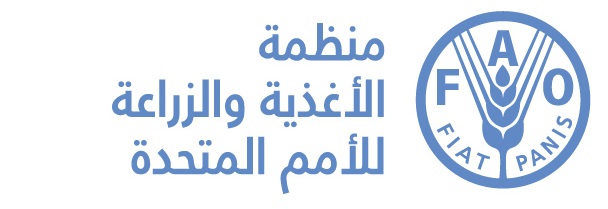Detection of Melon necrotic spot virus in Victoria
- Publication Date
- إثنين, 03 أكتوبر 2016, 22:48
- اخر تحديث
- أكتوبر 4, 2016, 12:53 ص
- Report Number
- AUS-75/2
- الدولة
- Australia
- Pest Id
- Melon necrotic spot virus - (MNSV00)
- Report Status
- Preliminary
- Hosts
- MNSV has been found in Australia in Citrullus lanatus (New South Wales, 2012) and in Cucumis melo cv. Jaipur (Victoria, 2016) The natural cucurbit hosts of MNSV include: • Citrullus lanatus (Sela et al. 2013; Ruiz et al. 2016); • Cucumis melo (Choi et al. 2003); • Cucumis sativus (Tomlinson & Thomas 1986); • Lagenaria siceraria (Ayo-John et al. 2014); and • Telfairia occidentalis (Ayo-John et al. 2014). The seed-borne hosts of MNSV include: • Cucumis melo (Lecoq & Katis 2014); and • Citrullus lanatus (Kwak et al. 2015)
- Pest Status (old values from ISPM 8 -1998 )
-
- Transient: actionable, under eradication
- Pest Status (ISPM 8 - 2021)
-
- Present: transient
- Geographical Distribution
- Greater Mildura region, New South Wales (detected 2012, no longer present) and Greater Mildura region, Victoria (detected 2016)
- ملخص
MNSV causes necrotic lesions on leaves and stems, fruit deformation and reduction in fruit quality. Affected plants may suddenly wilt and lose vigour as the fruit matures. Infected watermelon fruit may have yellow-brown necrotic spots on the skin.
- Danger
- MNSV has been found at one property in Victoria in 2016. MNSV was previously found on one property in New South Wales in 2012, but a follow up survey of the property in 2013 did not detect the virus. The virus is transmitted through infected seed, the fungus vector Olpidium bornovanus and by mechanical transmission. Australia does not consider fruit to be a pathway for MNSV. Authorities in Victoria have undertaken a number of actions to contain the pest on the single infected property under the provisions of state plant health legislation following gazettal of MNSV as an exotic plant pest. Tracing of seeds used on the infected property is also underway. Other tracing and surveillance activities have not detected any further disease. Australia is considering the introduction of emergency measures to reduce the risk of further entry of MNSV by infected seed. MNSV is actionable under the Australian Emergency Plant Pest Response Deed pending changes to legislation that will require mandatory notification of suspect MNSV detections by land holders and managers in Victoria, New South Wales, South Australia and Queensland.
- Contact for info
- Australian Chief Plant Protection Officer Australian Government Department of Agriculture and Water Resources GPO Box 858 Canberra ACT 2601 [email protected]
- Report files
- الموقع
- Issue keywords
- Commodity keywords
- Melons, incl. watermelons, and papaws -papayas-, fresh

